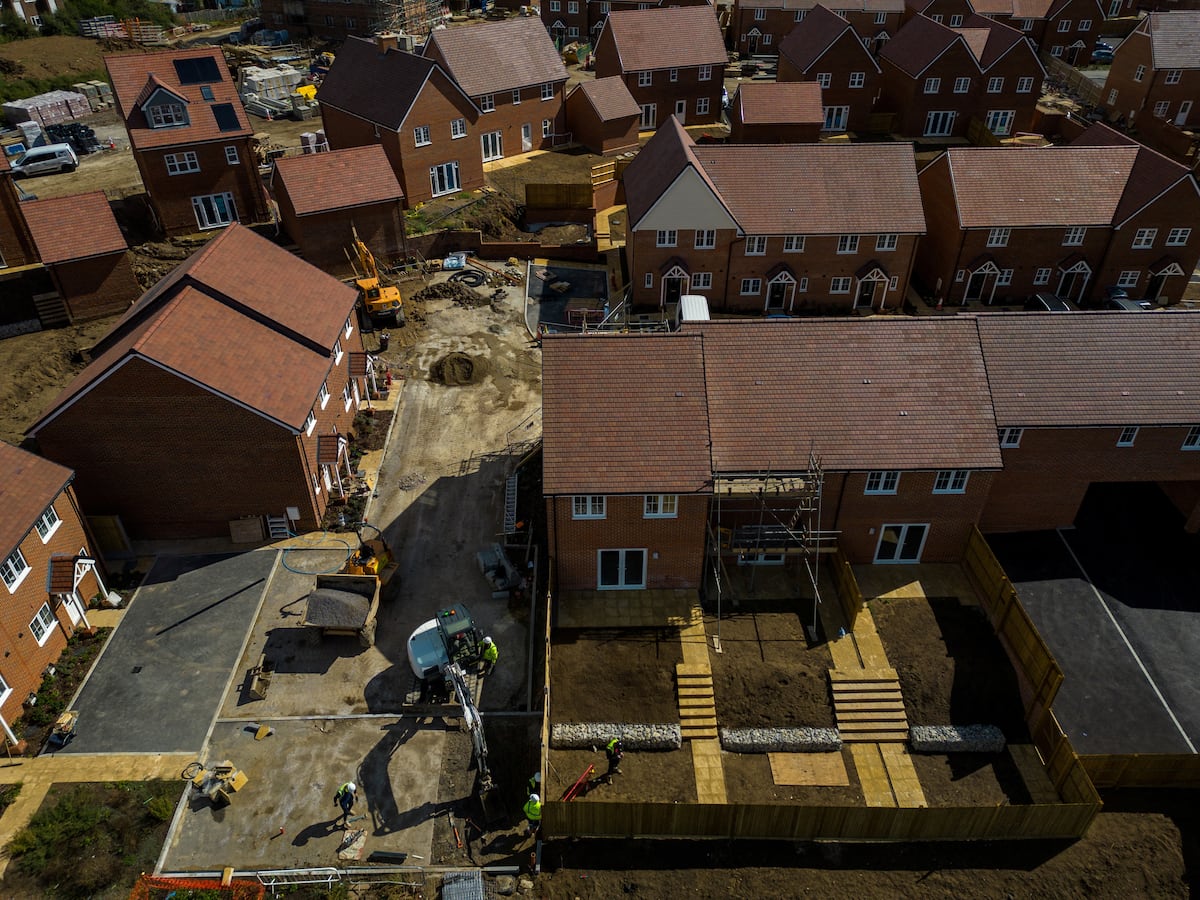Prices have risen by 54% in the United States, 32% in China and nearly 15% in the European Union between 2015 and 2024. Though policies have been implemented to increase supply and regulate rentals, their impact has been limited and the problem is getting worse
Housing access has become a critical issue worldwide, with cities that were once accessible reaching unsustainable price points. Solutions that have been proposed, like building more houses, capping rents, investing in subsidized housing and limiting the purchase of properties by foreigners have not stemmed the issue’s spread. Between 2015 and 2024, prices rose by 54% in the United States, 32% in China and by nearly 15% in the European Union (including by 26% in Spain), according to the Organisation for Economic Co-operation and Development.
…
Salaries have not grown apace with real estate prices. In the EU, the median rent rose by 20% between 2010 and 2022, with rental and purchase prices growing by up to 48%, according to Eurostat. Underregulated markets are wreaking havoc, and in the United States and Spain, 20% of renters spend more than 40% of their income on housing, while in France, Italy, Portugal and Greece, that percentage varies between 10% and 15%, according to the OECD. Many countries have created programs aimed at increasing the future supply of public housing, but their effectiveness has yet to be determined and analysts say that results will be limited if smarter regional planning decisions are not made.



It would be a very small amount, compared to what they earn over their lifetime. The idea that someone is middle class because they’ve earned a penny in bank interest is absurd.
Or are you planning on coming back with a load of caveats you conveniently left out previously?
The median net worth of a 65-year-old in the United States is about $390k, so the income it produces is generally a modest supplement to social security. At the 75th percentile, which is also generally considered middle class, net worth is about $1.1 million and easily enough to provide a comfortable retirement lifestyle.
No, the idea is that the middle class (defined in the conventional way) spends time in both the “worker” category and the “owner” category.
The ordinary middle class pathway is to work for 30-50 years and then retire on their savings (or a defined contribution retirement plan) or to rely on a defined benefit pension fund that is itself invested in securities, aka capital. This is the baseline expectation of retirement planning for the middle class in the U.S.: the investments/savings provide the cash to live on, while ownership of the primary residence shields the retiree from certain housing costs, or can provide cash flow through a reverse mortgage.
Through the power of compounding, a 40+ year savings plan generally increases its value over time so that the vast majority of the value comes from return on investment rather than invested principal.
If you want specific calculations, we can do that to show that the typical middle class path takes in more than “a very small amount” in their retirement savings/investments.
These details are obvious from my first comment in this thread, that the middle class in the United States works its way into an “ownership class” in time for retirement, through savings/investment. That’s exactly what I meant in that comment, and spelling it out makes it pretty clear what I meant at that time, and that I haven’t shifted my position in this thread.
But some who has earned a penny in interest has spent time as both worker and owner.
Its not that you’ve shifted it. I agree there. Its that your using sweeping terms that include things like earning a penny in interest that, in order to not sound ridiculous, has to have caveated to a point that:
No, the idea is that the middle class (defined in the conventional way) spends time in both the “worker” category and the “owner” category.
Doesn’t reflect where it ends up at all.
Also, its not the conventional way. You 100% made that up and what you’re describing is petite bougouise.
From wiki